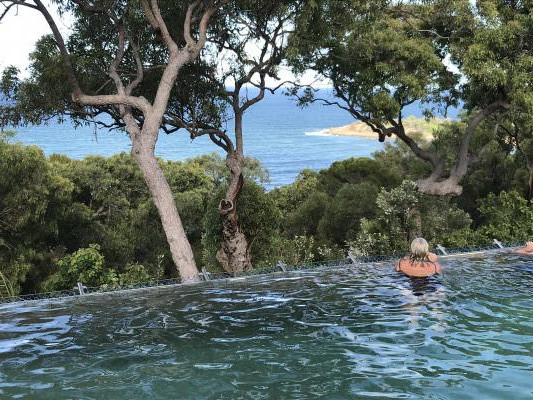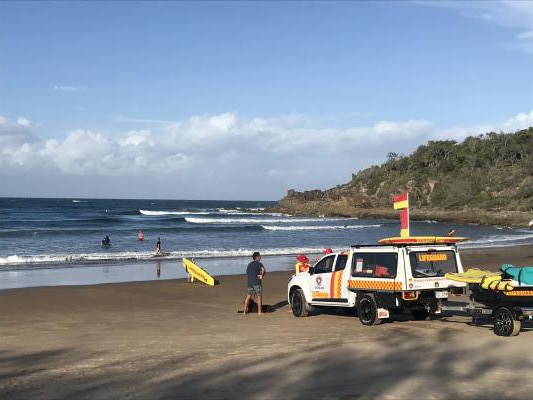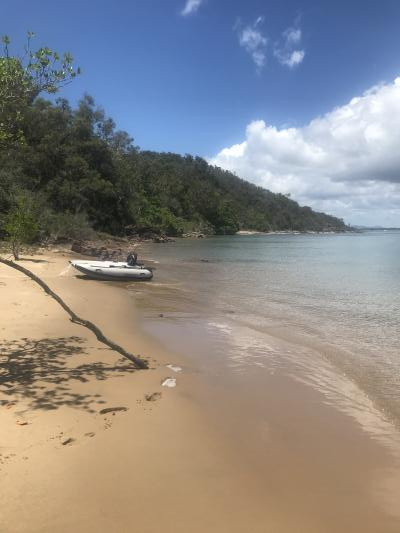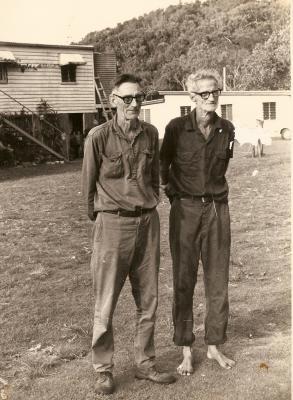It’s been dubbed “the new Noosa” since the late 1970s, when the old Noosa was only just starting to flourish. But following a decade from hell, the twin beach towns of Agnes Water and Town of 1770, which are the hub of central Queensland’s Discovery Coast, are booming at last.
Since domestic travel began opening up again last June, the coronavirus pandemic has fueled a massive 100 percent increase in tourism occupancy over the second half of calendar 2020. In some cases, hotels that were reporting single digit occupancy just a few years ago in the wake of bushfires and the closure of boat access to Lady Musgrave Island, and struggled to remain open, are now vibrant again.
According to Mark Hulst, who, with wife Janene, manages the 60 beach homes, apartments and motel units that make up the popular Sandcastles 1770 Resort, occupancy for the six months to December was up 110 percent. He told Noosa Today: “A large percentage of guests were first time visitors to the town and many liked it so much that they have booked again for another stay. Christmas/New Year 2021 is nearly booked out already.”
While longtime residents have become used to a boom and bust cycle, this is the key to Agnes/1770’s long-term tourism future that has them excited. The out of the way and off the radar Discovery Coast is suddenly on everyone’s bucket list … or at least slated for their next domestic trip. On my most recent visit, on the beach and in the water I encountered many first-timers who had their own versions of “should have come here years ago”.
Meanwhile, as the flight from the cities continues, estate agents in town report that sales are the strongest they have been for many years, with some buyers buying sight unseen and prices rapidly on the increase, with many holiday homes and apartments listed and selling at 20-40 percent more than a year ago. While I was in town, one of the Sandcastles beach homes, listed at $335,000 last summer with little interest, relisted at $395,000 with a stampede of buyers expressing an interest.
Other indicators of the boom are that local builders are booked out with contracts for the next 12 to 18 months, while a local school had 40 new families registered at the start of this term.
When I first visited Agnes Water, three hours down the rough old dirt track from Miriam Vale, more than 40 years ago, my surfing mate and I stayed in a fishing shack on the front row of the campground and paid our two dollars a night to bone-thin old bushie Tom Jeffery, whose family had pioneered cattle grazing and primitive tourism on the old Agnes Water Station, clearing a track from Workman’s Beach up to Round Hill Creek, which locals refused to call “1770”, many decades before Invasion Day became a thing.
Tom and his young family moved from their property near Miriam Vale to Agnes in 1951, and although the isolation was sometimes tough on the kids, the camping business did well, supplemented by up to 80 unofficial fishing shack leases hidden in the coastal scrub. But by the late 1970s, Tom had had enough. His health was failing and the upkeep of the flourishing campground and the squatter colony wasn’t helping. And the developers were circling. Jeffery sold 365 acres to developer Lance Woodrow for a thousand dollars an acre, but before Woodrow could even think about putting in a development application, the Miriam Vale Shire Council insisted that every illegal shack had to come down. Even Woodrow himself wasn’t spared when his own shack was bulldozed by a council contractor in the early hours of the morning. “If I’d been sleeping in it, I would have been killed!” he shouted at the councillors during an expletive-filled harangue at the next meeting.
This was the start of “the new Noosa”, a term bandied about by developers even before the old Noosa had fully come of age as a sophisticated beach resort. But while there were definitely physical similarities – a stunningly beautiful strip of coast and adjacent estuary surrounded by national parks – there were also major differences, such as the lack of decent roads and infrastructure, emergency medical care and a decent supermarket. It was like living in the Outback, and the sea-changers weren’t ready for it.Throughout the 1980s and ‘90s, many more developers came and went, usually parroting the “new Noosa” mantra, but never quite pulling it off, even after the electricity and the phone came, a new road from Bundaberg cut down travel time and a primary school opened. Each new phase of development optimism usually followed the sale of beachfront land to a celebrity investor. Film producer John “Strop” Cornell was one of the early names, and when he sold it was to Michael Baevski, of the Myer retail family, who had also snapped up the old sand mining lease for an eco-retreat he called Sunrise at 1770, even though it was a dozen kilometres south of Cook’s landing spot.According to real estate veteran Garry Rapley, the best years up to now were between 2000 and 2008, when the global financial crisis began. Then things got healthy again in 2011 when Gladstone, just an hour up the road, became the hub of the Queensland mining boom. But in the years since, as the mining boom passed and holiday homes hit the market at less than replacement cost, tourism to the Discovery Coast took a series of body blows as a sightseeing plane crashed, killing one passenger, a day-tripper boat servicing Lady Musgrave Island caught fire and sank with no loss of life, and a fishing trawler claimed the lives of six local men when it sank in Bustard Bay.Add to the misery the facts that the Round Hill Creek bar silted up so much that many commercial boats still cannot use it, and in late 2018, a ring of bushfires caused mass evacuations when it looked like Agnes Water would burn. It didn’t, but the crisis knocked another hole in the Christmas holiday trade.
Is it any wonder that the 2000 or so tough-as-nails locals are rubbing their hands together with glee at the new boom!
The other night we enjoyed a barbeque dinner with some residents of the idyllic Sunrise at 1770 Estate. As we sat sipping our wines on the deck overlooking the Discovery Coast bathed in moonlight, the chatter was mainly about how well things were going. Perhaps because, thanks to Michael Baevski and the Myer fortune, Sunrise can never be over-developed, no one mentioned how Agnes and 1770 could put the brakes on before the relaxed lifestyle suffered.
Not yet, anyway.













